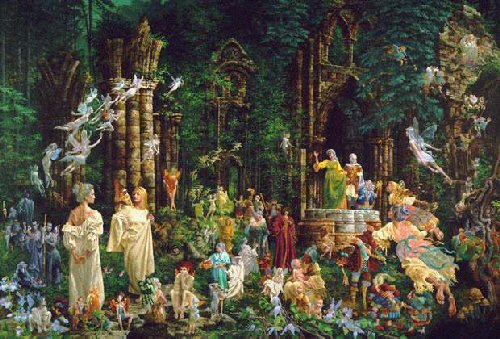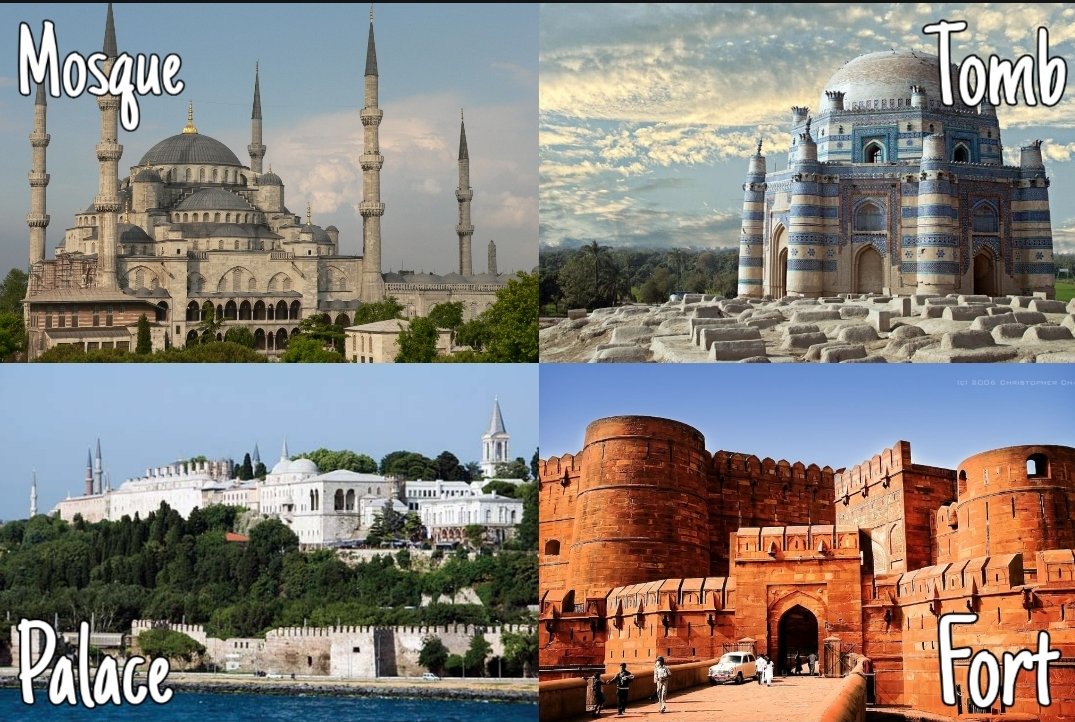
The pomegranate is Iran's national fruit & is very symbolically important in Persian & Iranian culture, viewed as a symbol of abundance, fertility, love, and immortality. It is said that if someone can peel a pomegranate in one peel, they will go to heaven. #MythologyMonday 

In Iran's lengthy & treasured epic poem, Shahnameh, the divine warrior Esfandiyar became invincible as a result of eating a pomegranate. The Shahnameh tells that pomegranate trees grow from the blood of Siavesh, a character regarded as a symbol of innocence. #MythologyMonday 

Pomegranates also have larger significance in most of the most widely practiced religions in Iran, including Islam, Zoroastrianism, Judaism, and Christianity.
Around 99% of Iran is Muslim. Muslims belief pomegranate trees abounded in the Garden of Eden and view pomegranates as sacred fruit. It is considered a heavenly fruit alongside dates, figs, grapes, and olives. Pomegrates are mentioned three times in the Quran. #MythologyMonday 

Zoroastrianism is the oldest major religion in Iran. Today there are around 25,250 Zoroastrians in Iran. Zoroastrians consider pomegranates an eternal sacred element. They are at the center of rituals, including marriages & funerals. It is a symbol of love & life #MythologyMonday 

Judaism has a very long history in Iran. There are around 10,000 Jewish people in Iran today. The Torah characterizes pomegranates a one of the seven blessed fruits. It is believed that pomegranate trees helped prove the Promised Land's fertility to Moses. #MythologyMonday 

There are around 350,000 Christians in Iran. Pomegrates are mentioned several times in the Bible and feature in many religious Christian paintings, often held by the virgin Mary or the baby Jesus. To Christians, pomegranates symbolize the promise of eternal life. #MythologyMonday 

@threadreaderapp pls unroll
• • •
Missing some Tweet in this thread? You can try to
force a refresh



















